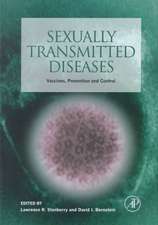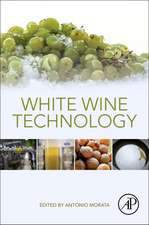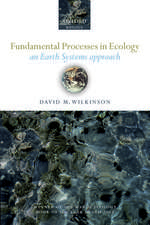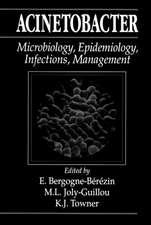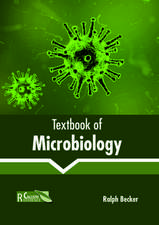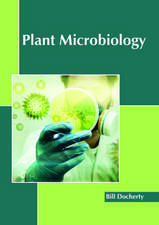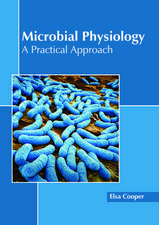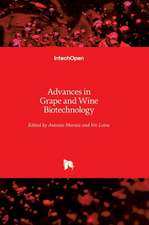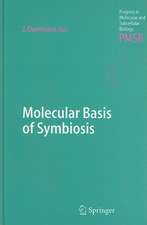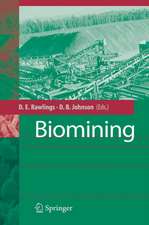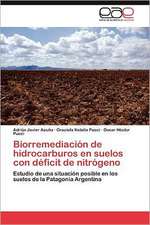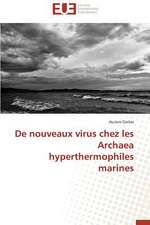Red Wine Technology
Editat de Antonio Morataen Limba Engleză Hardback – 31 oct 2018
This book is an essential resource for wine producers, researchers, practitioners, technologists and students.
- Winner of the OIV Award 2019 (Category: Enology), International Organization of Vine and Wine
- Provides innovative technologies to improve maceration and color/tannin extraction, which influences color stability due to the formation of pyranoanthocyanins and polymeric pigments
- Contains deep evaluations of barrel ageing as well as new alternatives such as microoxigenation, chips, and biological ageing on lees
- Explores emerging biotechnologies for red wine fermentation including the use of non-Saccharomyces yeasts and yeast-bacteria coinoculations, which have effects in wine aroma and sensory quality, and also control spoilage microorganisms
Preț: 587.56 lei
Preț vechi: 758.51 lei
-23% Nou
Puncte Express: 881
Preț estimativ în valută:
112.47€ • 122.20$ • 94.53£
112.47€ • 122.20$ • 94.53£
Carte tipărită la comandă
Livrare economică 14-28 aprilie
Preluare comenzi: 021 569.72.76
Specificații
ISBN-13: 9780128143995
ISBN-10: 0128143991
Pagini: 408
Dimensiuni: 216 x 276 x 29 mm
Greutate: 1.23 kg
Editura: ELSEVIER SCIENCE
ISBN-10: 0128143991
Pagini: 408
Dimensiuni: 216 x 276 x 29 mm
Greutate: 1.23 kg
Editura: ELSEVIER SCIENCE
Public țintă
Enologists, researchers, professors, wine technologist, wine microbiology, composition and analysis IndustryProfessionals within the wine industry
Cuprins
1. Grape Maturity and Selection. Automatic Grape Selection
2. Acidification and pH Control in Red Wines
3. Maceration and Fermentation. New Technologies to Increase Extraction
4. Use of Non-Saccharomyces Yeasts in Red Winemaking
5. Yeast Biotechnology for red winemaking
6. Malolactic Fermentation
7. Yeast-Bacteria Coinoculation
8. Molecular Tools to Analyze Microbial Populations in Red Wines
9. Barrel Ageing. Types of Wood
10. Emerging Technologies. Use of Chips. Microoxigenation
11. Ageing on Lees. Use of Non-Saccharomyces Yeasts. Accelerated AOL. Lees Impregnation
12. Evolution of proanthocyanidins during grape maturation, winemaking and aging process of red wines
13. Color evolution and stability
14. Polymeric pigments in red wines
15. Spoilage yeasts in red wines
16. Red Wine Clarification and Stabilization
17. Sensory analysis of red wines
18. Management of astringency in red wines
19. Aromatic compounds in red varieties
20. The instrumental analysis of aroma-active compounds for explaining the flavor of red wines
21. SO2 in wines: rational use and possible alternatives
22. Bottling and packaging
23. Red winemaking in cool climates
24. Red winemaking in cold regions with short maturity periods
2. Acidification and pH Control in Red Wines
3. Maceration and Fermentation. New Technologies to Increase Extraction
4. Use of Non-Saccharomyces Yeasts in Red Winemaking
5. Yeast Biotechnology for red winemaking
6. Malolactic Fermentation
7. Yeast-Bacteria Coinoculation
8. Molecular Tools to Analyze Microbial Populations in Red Wines
9. Barrel Ageing. Types of Wood
10. Emerging Technologies. Use of Chips. Microoxigenation
11. Ageing on Lees. Use of Non-Saccharomyces Yeasts. Accelerated AOL. Lees Impregnation
12. Evolution of proanthocyanidins during grape maturation, winemaking and aging process of red wines
13. Color evolution and stability
14. Polymeric pigments in red wines
15. Spoilage yeasts in red wines
16. Red Wine Clarification and Stabilization
17. Sensory analysis of red wines
18. Management of astringency in red wines
19. Aromatic compounds in red varieties
20. The instrumental analysis of aroma-active compounds for explaining the flavor of red wines
21. SO2 in wines: rational use and possible alternatives
22. Bottling and packaging
23. Red winemaking in cool climates
24. Red winemaking in cold regions with short maturity periods

